This is the weekly column
Even if you only dip your big toe into wine wonkiness, you likely encounter the term “malolactic fermentation” or MLF. What is that?
Well, this being wine, it actually is not fermentation, which involves yeast. It is a conversion, which involves bacteria. The primary bacteria is Oenococcus oeni—try saying that three times in a row after a couple of glasses of wine (or even before). The process is a decarboxylation conversion—malic acid turns into lactic acid. What does that mean in words of less than five syllables?
Malolactic conversion reduces acidity and softens the taste of wine. It almost always is done with red wine. It usually is done with white wines where a rounder, creamier profile is wanted. Chardonnay is classic example, as are viognier, marsanne, roussane, and white Burgundy. On the other hand, MLF usually is prevented in sauvignon blanc, pinot grigio/pinot gris, riesling, vermentino, and other whites where acidity and floral aromas are prized.
Wineries encourage MLF by inoculation of bacteria and control of temperature (warmer is better), acidity (lower is better—above 3.3 pH), and avoiding sulfur dioxide. Wineries discourage MLF by keeping temperatures lower, keeping pH less than 3.3, adding sulfur dioxide, sterile filtration, and other methods.
If you enjoy a full-bodied, creamy, buttery, smooth chardonnay, you have MLF in an oak barrel to thank. If you prefer tangy fruit, great acidity, the powerful aromatics of sauvignon blanc or riesling, you have the prevention of MLF to thank.
Almost all red wines undergo MLF. Some beaujolais nouveau wines skip MLF. Italian amarone typically does not undergo MLF. Just about every other red has MLF as part of its making regimen.
Like their color, rosé wines fall in the middle. Classic Provence rosés usually avoid MLF. Darker rosés and rosés finished in oak are much more likely to have partial of full MLF.
Sparkling wine MLF depends on the maker. Krug and Bollinger use full MLF. Louis Roederer often blocks MLF. Cristal—Louis Roederer’s prestige pour—experiences partial MLF.
Malolactic fermentation—technically malolactic conversion—is an important winemaking tool. If you have read this far, you have more than dipped your toe into wine wonkiness.
Tasting notes
• Trefethen Family Vineyards Estate Grown Dry Riesling, Oak Knoll District, Napa Valley 2022: Sleek, crisp, delicate aromatics. $22-28 Link to my review
• Sealionne Wines Halcyon Chardonnay, Chehalem Mountains AVA, Willamette Valley 2022: Unique flavors through fermentation mix of stainless steel, oak, amphora. $45 Link to my review
• Three Sticks One Sky Vineyard Pinot Noir 2021: Superb, classic Sonoma pinot from highest vineyard in the AVA. Delicious fruit, depth, length, structure. $85 Link to my review
Last round
Double negatives are a big no-no. Wine time.
Email: wine@cwadv.com
Newsletter: gusclemens.substack.com
Website: Gus Clemens on Wine website
Facebook: facebook.com/GusClemensOnWine/posts/
Twitter (X): @gusclemens
Long form wine stories on Vocal: Gus Clemens on Vocal
Links worth exploring
Diary of a Serial Hostess Ins and outs of entertaining; witty anecdotes of life in the stylish lane.
As We Eat Multi-platform storytelling explores how food connects, defines, inspires.
Balanced Diet Original recipes, curated links about food systems, recipe reviews.


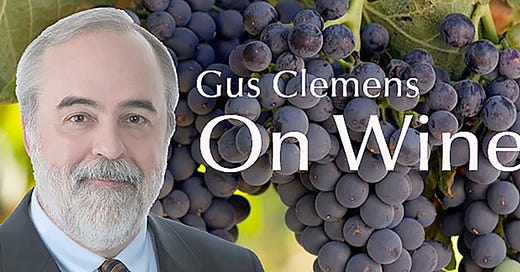






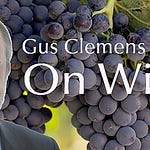
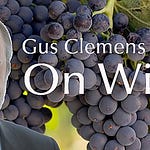
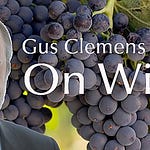
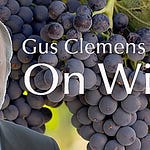
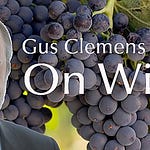
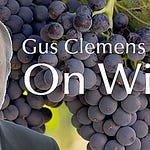
Share this post